Mark Doherty, Executive VP of Operations with urban-gro talks about how he got into Controlled Environment Agriculture (CEA) with food crops, then into cannabis, and how he would now like to help new ‘food entrants’ in the CEA world with the knowledge he has gained. “Ten years ago, I started an indoor farming company in upstate New York. I didn’t even know what I didn’t know!”
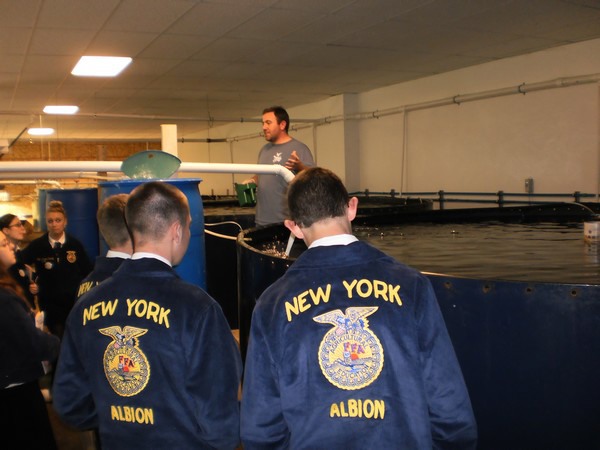 Mark feeding fish during a demonstration for High School students
Mark feeding fish during a demonstration for High School students
Aquaponic food production
Ten years ago, growing inside a building was a new concept and the building we were in was not built for cultivation; it was a former silverware factory. “We took an old factory and built an indoor aquaponics facility. We used fish to grow lettuce and basil, selling it through wholesalers to restaurants, and local markets.” This is how Mark got started in Controlled Environment Agriculture.
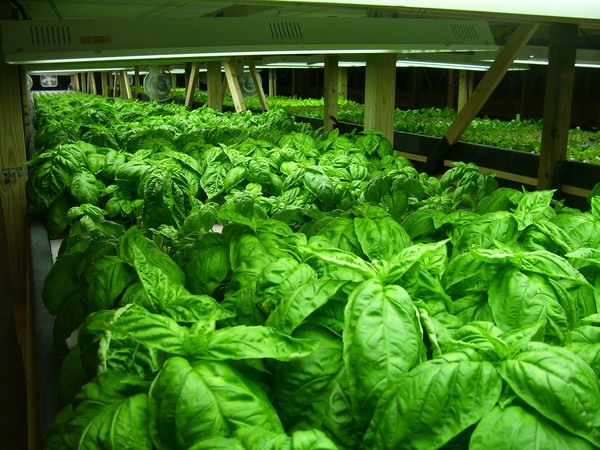
“I approached the business with an investment mindset, I was not educated enough on cultivation,” says Mark Doherty. Therefore, Doherty hired cultivators and cultivation experts. The new growers added lights and went vertical, 10 – 12 feet up in the air. When Mark first started growing lettuce, everyone wanted to tour the facility. “They thought I was growing cannabis, which was not only illegal but also still taboo back then. They’d come and I would show them, no, it’s just lettuce and basil.”
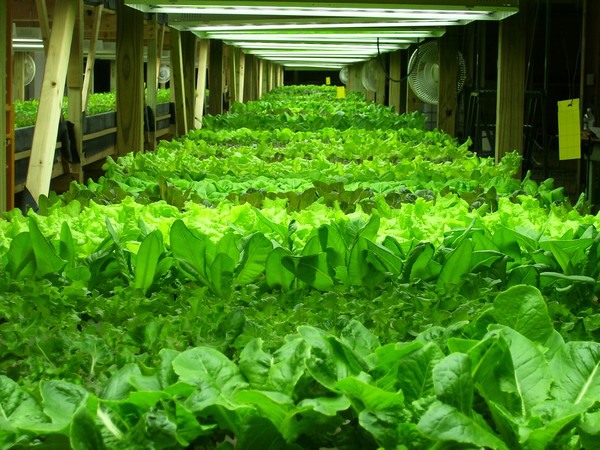
Cannabis
After about three years of operations, Mark was approached by a Canadian investment firm looking to enter the newly legalized medical market. Over the course of the last seven years Mark has been working with cannabis cultivators across North America.
“We build the most state-of-the-art indoor farms in the world. One reason that we were able to do this, is that cannabis is a very valuable crop. We get to work with everything from indoor vertical systems to traditional greenhouses. Regardless of canopy size, we integrate the most advanced lighting, HVAC equipment, and water management solutions. If not for the legalization in cannabis, technology in CEA would not be nearly as advanced as it is now.”

Cannabis has been grown indoors for decades. Now as a legalized crop, it’s more regulated than food production, from approved chemicals to water discharge and energy consumption. Increasingly, there has been a push for a reduction in the discharge of water. Since it is a sensitive and highly regulated crop, the wastewater must be treated in very specific ways in order to be safely reused.
“When I look at new entrants into indoor food production, I can’t help but think they are, unfortunately, reinventing the wheel and not learning from cannabis. Food production growers are working to resolve the same issues we experienced with indoor cannabis, while those of us already have experience from years of installations,” notes Mark.
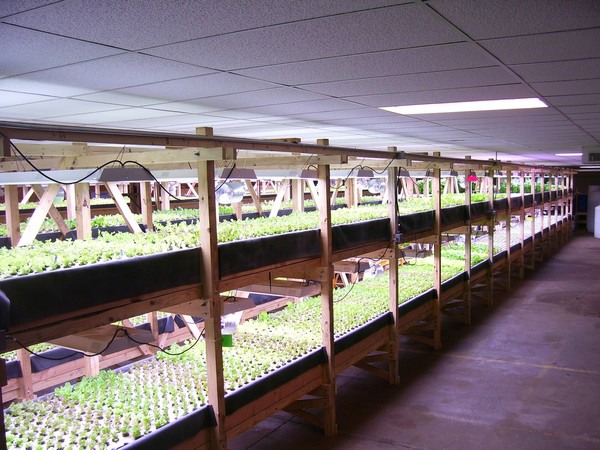
“There are so many of these new entrants to CEA and if they don’t succeed in figuring out how to be profitable, that may set back the entire industry.” Thus, Mark fields phone calls from investors and growers across the United States with the same questions: how to successfully address the issues of indoor cultivation.
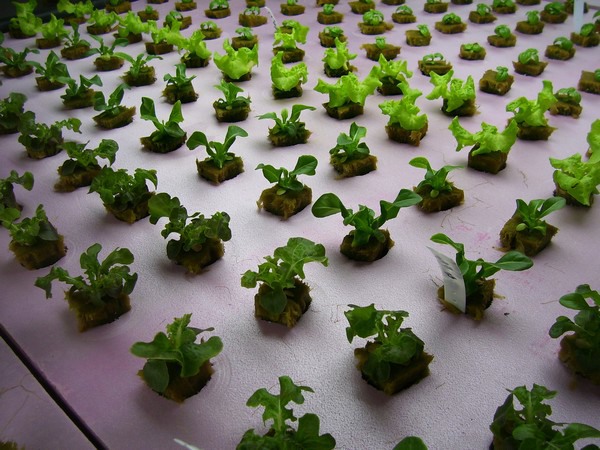
Mark takes everything he has learned from growing cannabis indoors and shares it with new market entrants growing food crops indoors. “While urban-gro offers engineering services for high-performance buildings for indoor cannabis, we are also an engineering design resource to new indoor food crop growers. We work hand-in-hand to design the best, most efficient building layout. The same principles for indoor cannabis cultivation deliver successful outcomes for food growers as well.”
“What you give, you receive back tenfold,” says Mark who acknowledges those who helped him in the past. “This community is a community like no other, and it’s so important to lift one another up in our quest for healthy medicine and sustainable food practices.”
 urban-gro
urban-gro